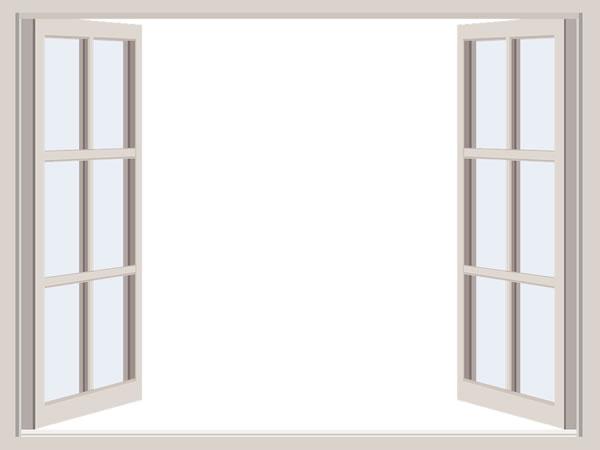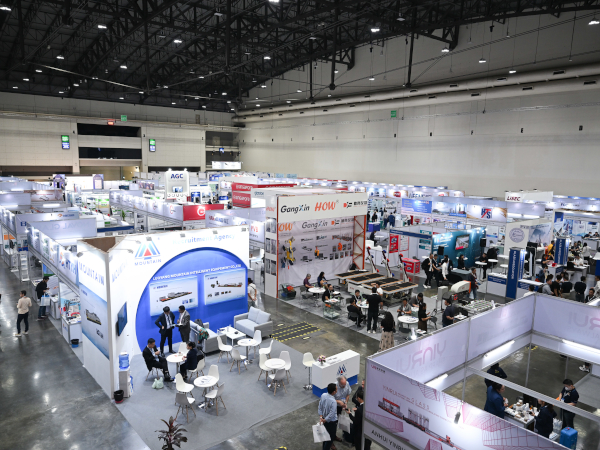
Date: 8 February 2017
In the course of the Russian economic crisis, the surrounding countries of the giant empire are also becoming more and more focused on the window market.
Although the Baltic States, Eastern Europe, the Caucasus and Central Asia were able to sell 12.2 million windows last year, this figure signifies a 10.0% decline compared to the previous year.
With 70.9%, there is a strong preference for PVC windows in the examined markets, which are developing very differently as a study by Interconnection Consulting shows.
Kazakhstan Is Responsible for the Decline
In Central Asia, the total volume of the window market decreased by 12.3%. Here it is important to mention that the one and only country responsible for the negative overall development of the region is Kazakhstan.
The weak economic performance resulted in a high unemployment rate, company rates and bad loans. The window sector’s decline continued in 2016. A year earlier, the industry already had a sales margin of 16.2%.
The situation in the most populous country in Central Asia is quite different. Uzbekistan’s economy has been pointing upwards for years. The country, which is rich in resources, is thus attracting more and more foreign capital into the country.
This also has a positive effect on construction activity. By 2019 the industry is expected to experience an annual growth of 7.5% in quantity and value, according to Interconnection’s study.
The three other smaller markets (Turkmenistan, Kyrgyzstan, Tajikistan) also recorded significant sales increases (between 4 and 5%) last year. In Central Asia, PVC windows are the market leader (67%).
The Baltic States have a Positive Outlook into the Future
The Baltic countries were not affected by the economic crisis in Russia and were able to increase their sales by 1.0% last year. Estonia is mainly responsible for growth.
The smallest Baltic country is a European growth emperor in the construction industry, which inevitably also stimulates the window market (+ 11.7%). The Latvian window industry, on the other hand, suffered a drop in sales (-5.8%) in 2015.
A slight growth is expected again only in 2017 (2.1%) due to an improved investment climate. The largest Baltic country is also the country with the strongest GDP growth of all three Baltic states.
There is also optimism for the future. New EU regulations for more energy-efficient dwellings should further strengthen current sector growth. The PVC window share in the Baltic States is 67.8%.
Georgia as an Anchor of Hope
Interconnection expected a 13.4% decline in quantity for the previous year in the Caucasus countries. The development in the individual countries is quite different though. Georgia, for example, enjoys strong economic growth.
Last year, an estimated 8% more windows were sold than in 2015. The situation in Azerbaijan is quite different. The loss of value of the local currency and the associated deduction of investor money has led to a decline in the construction industry.
The sales figures decreased by 22.1% last year. Armenia also recorded a similar decline in business volume in 2016. Whereas the volume of sales still amounted to 390.500 units in 2013, this figure will almost halve by 2017. The PVC window share is 77.8%.
Belarus and Ukraine are Crisis-Torn
In 2016, sales in Eastern Europe fell by one-fifth in the industry and thus contributed to the unrestrained continuation of the economic freefall of previous years. The window market in Belarus fell by about 40% in value as a result of the financial crisis in the country last year.
In Ukraine, the value of the window market has halved since 2013. Even in the near future, according to Interconnection’s study, there will be no recovery. "The postponed war is putting off activities in construction and renovation," explains Olya Baran, author of the study.
Due to falling demand and the released capacity associated with it, Ukraine has become the largest window importer in Moldavia. The PVC window share is 73.4%.
Local instead of International
On the whole, almost all countries around Russia are currently trying to reduce their dependency on Russia and emancipate themselves as independent markets, Baran explains.
Market participants in these regions are concentrating, whereas local presence and local production are gaining importance. An indication of this development is the increase in direct distribution, which now covers two-thirds of the total market.
 600450
600450









Add new comment